)
Climate Activist Sonam Wangchuk leads foot march from Leh to Delhi | Photo: Sonam Wangchuk X page
Climate activist and innovator Sonam Wangchuk, along with more than 100 supporters, was detained by Delhi Police at the Singhu border as they attempted to march to Rajghat to pay tribute to Mahatma Gandhi on October 2. The group, hailing from Ladakh, was on a mission to demand constitutional safeguards for the region under the Sixth Schedule, which would grant Ladakh autonomy in managing its land and cultural identity.
The Delhi Police detained Wangchuk and his supporters on Monday night, citing violations of prohibitory orders. The group has now begun an indefinite fast at the police station where they are being held. So, what is this march about, and how did it escalate to the climate activist’s detention?
Contents
Who is Sonam Wangchuk?
Wangchuk is the founder of the Students’ Educational and Cultural Movement of Ladakh (SECMOL), which has been instrumental in revolutionising the region’s education system. SECMOL’s campus is known for being solar-powered and eco-friendly.
Wangchuk’s advocacy extends beyond education. He is also the inventor of the Ice Stupa technique, which creates artificial glaciers to provide water for Ladakhi farmers during crucial planting months. This innovation addresses the severe water shortages in the region caused by climate change. His focus on environmental sustainability has been central to his activism, especially as Ladakh’s fragile ecosystem faces increasing threats.
Protests and climate fasting
Sonam Wangchuk’s activism has not been limited to marches. Earlier this year, he staged a five-day climate fast from January 26 to 30 at the Himalayan Institute of Alternative Ladakh (HIAL) in Leh. The protest concluded with a rally attended by hundreds of locals, where Wangchuk expressed disappointment with Ladakh’s union territory (UT) status and the lack of self-governance.
In March, he undertook a more extreme form of protest—surviving on just water and salt during a 21-day fast—to draw attention to Ladakh’s urgent need for environmental protection and recognition of its Indigenous culture. His march to Delhi is seen as the next phase of this ongoing movement.
Why was Sonam Wangchuk leading a foot march to Delhi?
Sonam Wangchuk embarked on a foot march from Leh to Delhi on September 1, aiming to press the central government to resume stalled dialogue over Ladakh’s future. The march, called the “Delhi Chalo Padyatra,” was organised by the Leh Apex Body (LAB) in collaboration with the Kargil Democratic Alliance (KDA).
Following the abrogation of Article 370, which split Jammu and Kashmir into two union territories, Ladakh was granted UT status. However, local leaders, including Wangchuk, have raised concerns that this status does not provide enough autonomy to the region. They argue that Ladakh’s unique cultural and ecological identity requires stronger safeguards, including a legislature and local decision-making powers.
Key demands include Sixth Schedule status for the union territory, along with protection of its fragile environment and cultural heritage.
What is the Sixth Schedule of the Indian Constitution?
The Sixth Schedule of the Indian Constitution grants autonomy and protection to tribal areas in India, allowing local populations more control over their land and resources. Sonam Wangchuk has been vocal about Ladakh’s need for similar status, especially following the region’s bifurcation from Jammu and Kashmir in 2019 and its designation as a UT.
The activist has been critical of the governance system under the lieutenant governor, arguing that decisions are being made without consulting the people of Ladakh.
Wangchuk’s concerns also extend to the region’s ecological fragility, which is threatened by climate change. Ladakh, located in the greater Himalayan region, faces significant environmental challenges, and Wangchuk has been campaigning for concrete government action to protect the landscape.
Delhi Chalo Padyatra’s four-point agenda
LAB and KDA groups have led protests for the last four years, demanding:
-
Ladakh be granted statehood -
Inclusion in the Sixth Schedule -
Swift recruitment processes in the region -
Separate parliamentary seats for Leh and Kargil districts
Talks between Ladakh’s representatives and the central government stalled in March without any significant progress.
Wangchuk and his supporters hoped to arrive in Delhi on October 2, Mahatma Gandhi’s birth anniversary, with the expectation that the government would respond to their demands. The LAB chairman, Thupstan Chhewang, flagged off the march on September 1, with participants chanting slogans in support of the Sixth Schedule.
Environmental concerns in Ladakh
The activist has also called attention to the potential threats posed by industrial and mining lobbies, which he believes could irreparably harm Ladakh’s environment. His call for constitutional safeguards under the Sixth Schedule reflects his belief that Ladakhis should have greater control over their land, resources, and future development.
What’s next?
Wangchuk remains confident that more people will join the cause. He expressed pride in the commitment of Ladakhis, stating that even a 90-year-old citizen from Ladakh, currently residing in Switzerland, is ready to join the movement.
Elders, women, and youth from all sections of Ladakh society are backing the cause, reflecting widespread frustration with the current governance model and the desire for local decision-making power.
(With agency inputs)
First Published: Oct 01 2024 | 3:24 PM IST

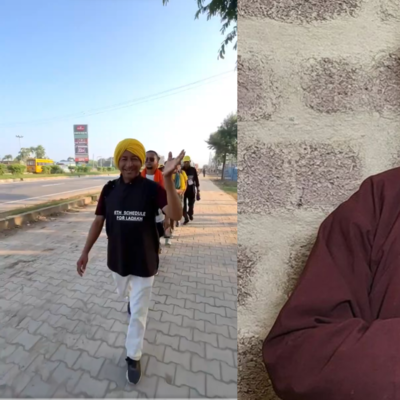


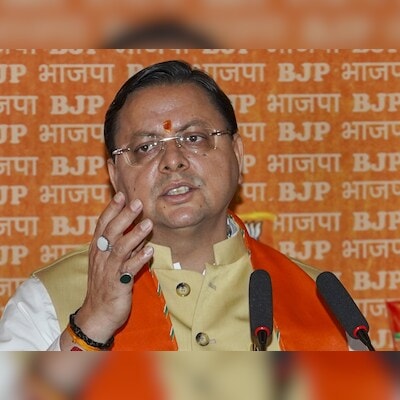
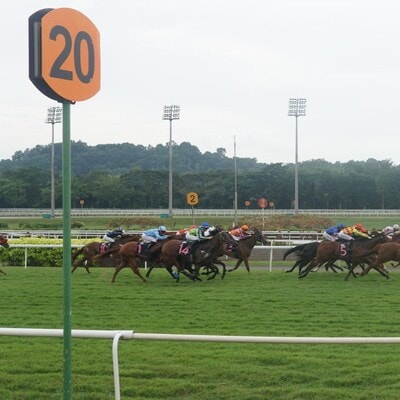
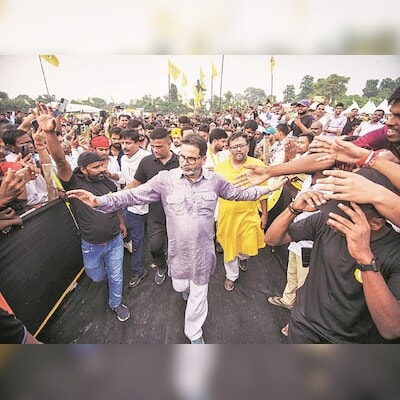


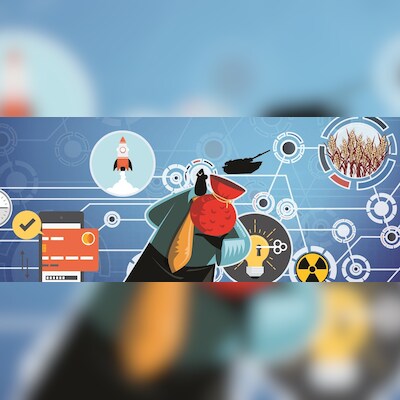

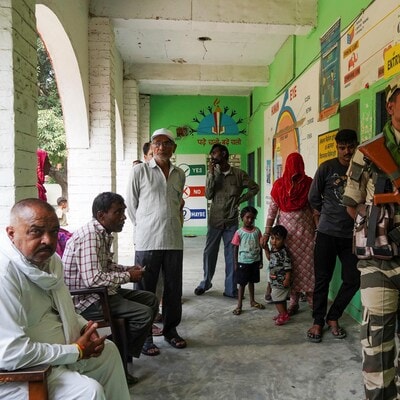
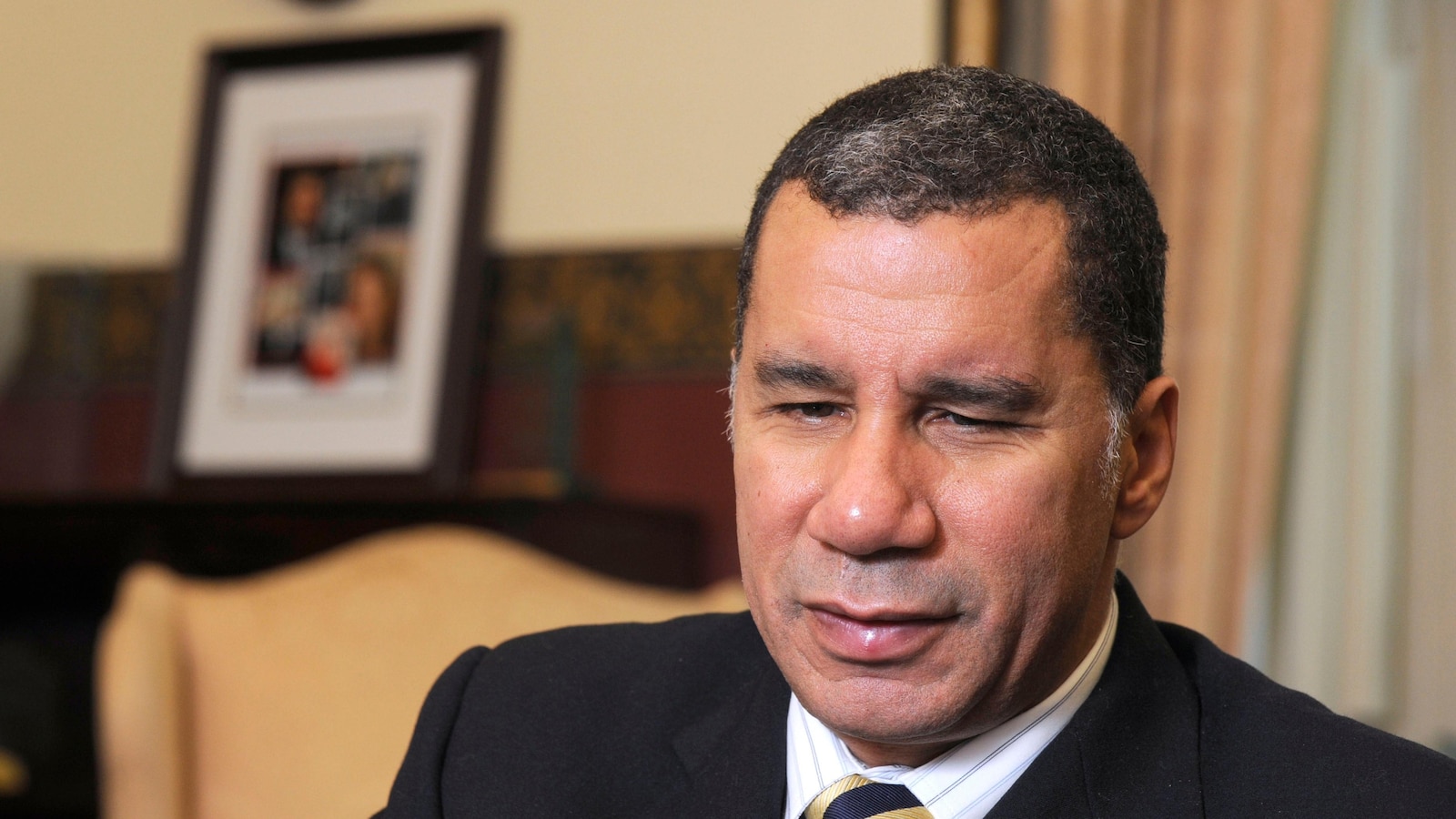
Leave a Reply